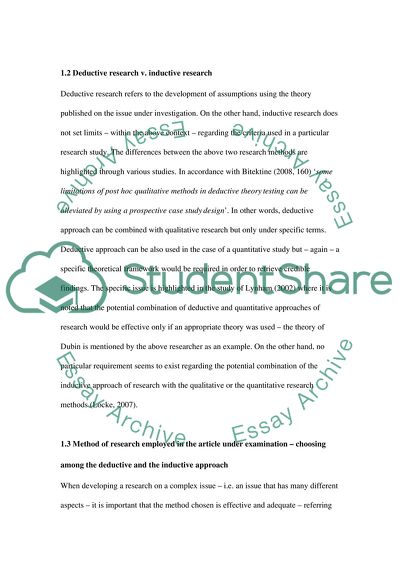Cite this document
(Hotel Employees Expectations of the Quality of Work Life Research Paper - 1, n.d.)
Hotel Employees Expectations of the Quality of Work Life Research Paper - 1. Retrieved from https://studentshare.org/social-science/1722258-social-science-research
Hotel Employees Expectations of the Quality of Work Life Research Paper - 1. Retrieved from https://studentshare.org/social-science/1722258-social-science-research
(Hotel Employees Expectations of the Quality of Work Life Research Paper - 1)
Hotel Employees Expectations of the Quality of Work Life Research Paper - 1. https://studentshare.org/social-science/1722258-social-science-research.
Hotel Employees Expectations of the Quality of Work Life Research Paper - 1. https://studentshare.org/social-science/1722258-social-science-research.
“Hotel Employees Expectations of the Quality of Work Life Research Paper - 1”. https://studentshare.org/social-science/1722258-social-science-research.


